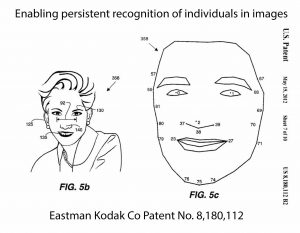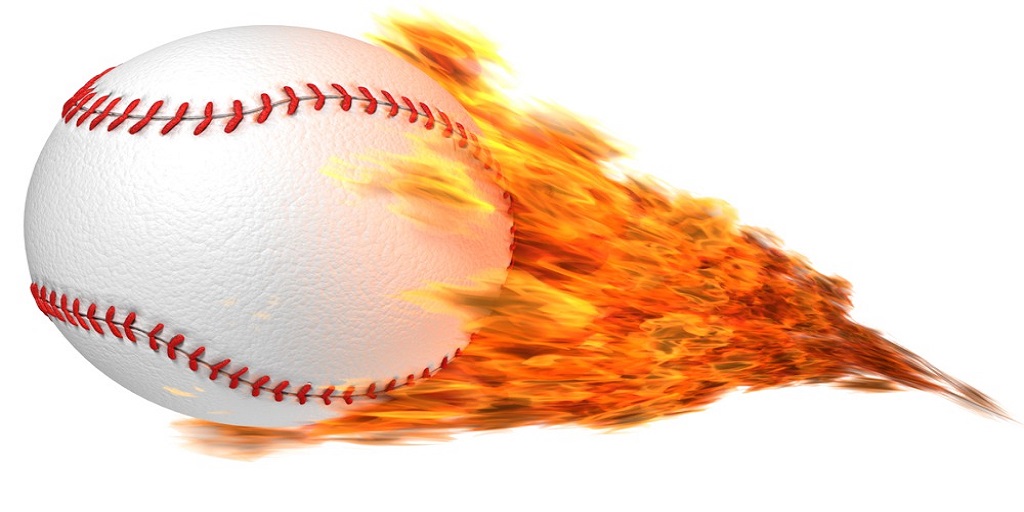Guest Blogger: David Stephenson, Rochester, NY patent attorney
As a Buffalo Bills fan from Rochester, I was recently thinking about the parallels between the Bills and Eastman Kodak. Both have been in the local news lately, and the news has not been good. The Bills, once again, don’t look like a playoff team; they lack star players, and have no real identity.
Like the Bills, Kodak hasn’t had success in over a decade, has lost its identity, and is trying to rebuild. If you’re from western New York, you’re aware the rebuilding process for both organizations seems to be never-ending. There is hope, however, that by building around their strengths these two icons can regain some of their past glory.
Conventional wisdom says that Kodak’s downfall was a failure to recognize the digital camera as the future of photography. However, even if Kodak had succeeded in bringing the first digital camera to the marketplace, it’s unlikely it could have produced significantly better, or less expensive, digital cameras than its global competitors.
A decline was inevitable because Kodak, unlike the Bills, cannot count on the loyalty of its customers when it doesn’t outperform the competition.
Once Kodak recognized that digital cameras would inevitably replace film, rather than scrambling to get into the market, it could have concentrated on utilizing its greatest remaining strength: its patents.
A patent provides an exclusive right to prevent others from selling an invention. Therefore, by focusing on producing patented products Kodak could have avoided the competition altogether. Kodak’s research and development group has produced thousands of valuable patents, helping to make Rochester the fifth ranked city in the country for patents per capita.
Kodak holds patents in a variety of technologies outside of digital imaging. Betting the future of Kodak on these technologies would have meant moving away from photography; something executives seemed unwilling to do. Apparently, they believed the Kodak name would assure them a place in digital photography. That didn’t work out so well. Now, Kodak finally seems willing to dust off its inventions in other areas of technology.
“We are confident that our competitive advantages in materials science and deposition technologies, as well as our know-how in digital imaging, will enable us to capitalize on those opportunities and extend our leadership in key growth markets,” said Antonio M. Perez, Chairman and CEO.
These “competitive advantages” include Kodak’s patents on inks that conduct electricity and laser-sharp printing methods. While these technologies may not sound too glamorous, their applications in electronics and manufacturing could make them very valuable in an economy where smaller is better.
Kodak hopes to fund its rebuilding effort by auctioning off its digital imaging portfolio; a clear indication that it wants to move out of that industry.
 However, the portfolio is not getting the level of interest they expected. The lack of interest, however, has created a shift in strategy. Rather than sell the patents for less,
However, the portfolio is not getting the level of interest they expected. The lack of interest, however, has created a shift in strategy. Rather than sell the patents for less,
Kodak appears to willing to hang on to some of them. This move suggests Kodak believes these inventions have applications outside the realm of digital cameras.
While Kodak will probably have to sell some of its patents to emerge from bankruptcy, the fact that it appears to have a strategy to capitalize on its existing patents could be good news for the Rochester community.
Having something to rebuild around, rather than starting from scratch, could mean a faster turnaround and a more robust company, ready to start hiring in the Rochester area. Western New York needs Kodak to succeed in Rochester, and the Bills to succeed in Buffalo. Now, if only the Bills could find something to rebuild around.
About the author:
David Stephenson is a patent attorney in Rochester, NY. He received a B.S. in biochemistry from the University of Michigan, a J.D. from Emory University School of Law and a Ph.D. in biochemistry from the University of Rochester School of Medicine and Dentistry.









